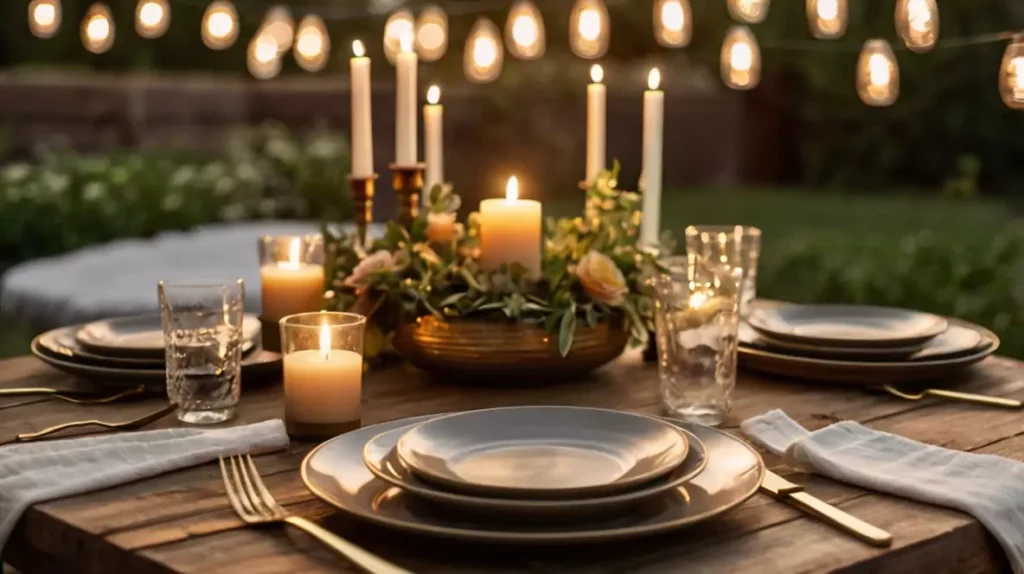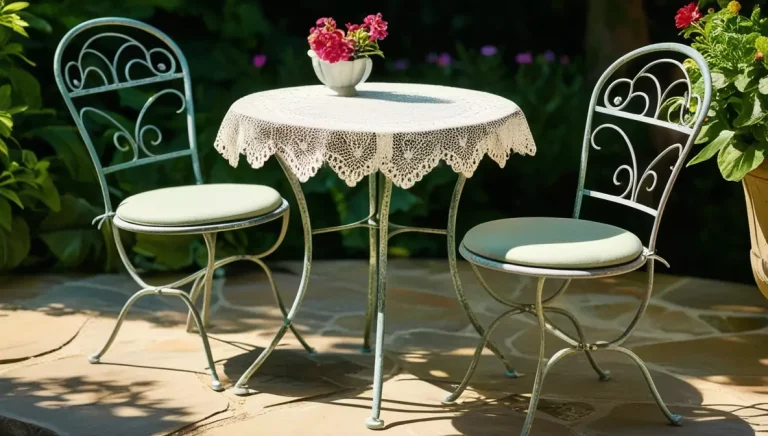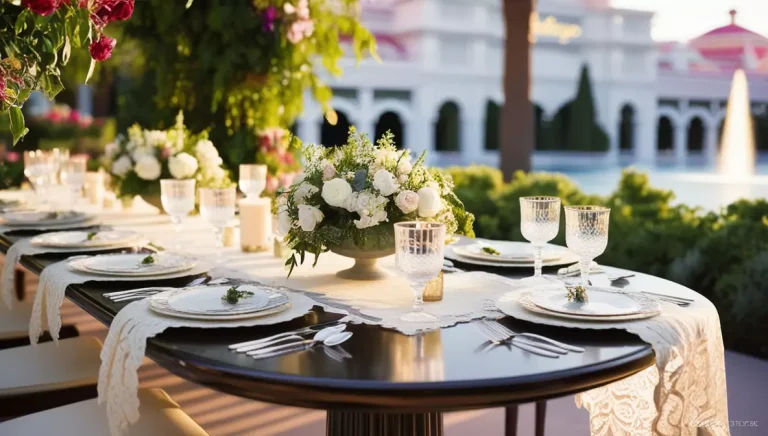Dining table wood different kinds of wood | Ideas On Different Types Of Woods
When selecting wood for a dining table, you’re making a significant decision that impacts not only the look and feel of your dining space but also the durability and longevity of your furniture.
With so many different kinds of wood available, each with its own characteristics, choosing the right material for your dining table can be daunting.
This blog will explore six popular options—Oak, Walnut, Maple, Cherry, Pine, and Ash—while considering their unique features, benefits, and considerations. Whether you’re aiming for a rustic aesthetic or a sleek modern look, understanding the properties of these different kinds of wood for dining tables will help guide your decision.
Oak: Durability Meets Timeless Appeal
Visit : Oak Store For more Knowledge
Overview: Oak is one of the most commonly used woods for dining tables. Known for its strength and resilience, oak has been a staple in furniture making for centuries. The prominent grain patterns in oak wood give dining tables a classic appearance that suits both traditional and modern styles.
Key Characteristics:
- Durability: Oak is an incredibly durable hardwood, making it ideal for families or high-traffic dining areas where the table will experience frequent use.
- Grain Pattern: One of the defining features of oak is its visible, bold grain. This grain adds texture and character, allowing it to hold various stains exceptionally well.
- Color and Stain Versatility: Oak can be stained in a range of colors from light beige to dark brown, which allows homeowners to customize the table to match their décor.
Pros:
- Extremely durable and long-lasting.
- Versatile grain and stain options.
- Resistant to dents and scratches.
Cons:
- Sometimes heavy, which makes moving it challenging.
- Some varieties can be more expensive than other wood options.
Best For: Families who need a sturdy, long-lasting dining table that can withstand heavy use, but still want a versatile, classic look. Oak is perfect for those looking for a dining table wood that offers both strength and timeless beauty.
Walnut: Rich Elegance and Sturdiness
Overview: Walnut is a premium wood choice, prized for its dark color and exquisite grain. It’s a hardwood known for its combination of beauty and strength, often featured in high-end furniture pieces.
Key Characteristics:
- Color: Walnut’s natural dark brown to purplish-brown tones make it stand out in a room. The wood also darkens over time, adding to its aesthetic appeal as it ages gracefully.
- Grain Patterns: The grain in walnut is tight and wavy, making it incredibly distinctive. Walnut’s fine grain adds a level of elegance and uniqueness to dining tables.
- Strength: As a hardwood, walnut is strong and durable, making it suitable for dining tables that experience regular use.
Pros:
- Luxurious appearance with deep, rich color.
- Strong and long-lasting, great for heirloom furniture.
- Suitable for usage in conventional and modern environments.
Cons:
- More expensive than other woods like oak and pine.
- Limited availability due to its premium nature.
Best For: Those looking for an elegant, high-end dining table wood that offers both beauty and durability. Walnut is ideal for dining rooms with a more formal or sophisticated atmosphere.
Maple: Light, Bright, and Versatile
Overview: Maple is a light-colored wood that is known for its fine, even grain. As one of the most versatile woods, maple can be easily stained to mimic more expensive wood types. This makes it a popular choice for those who want an affordable, durable, and attractive dining table.
Key Characteristics:
- Durability: Maple is incredibly strong and shock-resistant, making it an excellent choice for dining tables that need to withstand heavy use.
- Even Grain: Maple has a very smooth, even grain, which gives dining tables a clean, sleek appearance. This characteristic makes it highly adaptable to different styles, from modern to traditional.
- Color: The natural color of maple ranges from pale cream to a light reddish-brown. It’s also highly receptive to stains, allowing you to customize its look.
Pros:
- Affordable compared to other hardwoods.
- Versatile in terms of stain options.
- Very durable, making it great for family use.
Cons:
- Can yellow over time if exposed to too much light.
- Lacks the prominent grain patterns seen in woods like oak or walnut.
Best For: Homeowners looking for a durable, light-colored dining table that can be easily customized to fit various styles. Maple is particularly suitable for contemporary and transitional dining room designs.
Cherry: A Warm, Classic Choice
Overview: Cherry wood is celebrated for its rich, warm tones and smooth grain. Over time, cherry deepens in color, developing a rich patina that makes it even more appealing as it ages. It’s an excellent wood for those seeking a table that will improve with time.
Key Characteristics:
- Color: Cherry has a natural reddish-brown hue that deepens with age, making it a popular choice for those who want a wood that evolves over time.
- Smooth Grain: The grain in cherry wood is fine and straight, which contributes to its sleek, polished look. It also lends itself well to various stains and finishes.
- Workability: Cherry is relatively easy to work with, making it a favorite among woodworkers. It can be shaped and carved easily, which is why it’s often used in more intricate table designs.
Pros:
- Beautiful reddish tones that deepen with age.
- Easy to work with, great for custom designs.
- Adds warmth to a room with its rich color.
Cons:
- More expensive than woods like pine or maple.
- Softwood, so it can be prone to scratches and dents.
Best For: Those looking for a dining table wood that exudes warmth and elegance, and who don’t mind spending a bit more for a piece that will age beautifully. Cherry is ideal for traditional, formal dining rooms.
Pine: Affordable and Rustic
Overview: Pine is a softwood, making it a more budget-friendly option for dining tables. Despite being softer than hardwoods like oak or walnut, pine is still a popular choice due to its light color, rustic appearance, and affordability.
Key Characteristics:
- Softwood: Pine is softer and less dense than hardwoods, which means it can be more susceptible to scratches and dents. However, it also means that pine is lighter in weight and easier to move.
- Rustic Look: Pine naturally has a light color, which can vary from pale yellow to light brown. Its visible knots and grain patterns give it a charming, rustic appearance that works well in casual or country-style dining rooms.
- Affordability: Pine is one of the most affordable woods used for dining tables, making it a great option for those on a budget.
Pros:
- Inexpensive compared to hardwoods.
- It is lightweight and easy to transport.
- Rustic aesthetic with visible knots and grain.
Cons:
- Less durable than hardwoods, prone to wear and tear.
- Soft texture can dent and scratch easily.
Best For: Those seeking an affordable dining table wood with a casual, rustic appeal. Pine is ideal for homes with a laid-back, country-style décor.
Ash: Modern, Light, and Strong
Overview: Ash is an increasingly popular wood choice for modern and contemporary dining tables. Known for its light color and straight grain, ash offers a sleek, clean look that complements minimalist and Scandinavian designs. It’s also strong and flexible, making it a highly durable wood.
Key Characteristics:
- Color: Ash has a light, creamy tone that can brighten up any dining space. It’s an excellent choice for those looking for a table with a natural, airy feel.
- Grain: The straight grain of ash is less pronounced than that of oak or walnut, giving it a more subtle, refined look.
- Strength: Ash is very strong and resilient, making it a good choice for tables that will see frequent use.
Pros:
- Light color that brightens up a room.
- Strong and durable, great for families.
- Ideal for modern and contemporary designs.
Cons:
- Can be more expensive than pine or maple.
- Limited availability in some regions.
Best For: Homeowners looking for a modern, minimalist dining table wood that is both strong and visually appealing. Ash is a great choice for contemporary or Scandinavian-inspired interiors.
How to Choose the Right Wood for Your Dining Table
Now that we’ve explored the characteristics of different kinds of wood for dining tables, here are some important factors to consider when making your decision:
Durability and Usage
If you have a busy household with children or frequently host dinner parties, opt for hardwoods like oak, walnut, or maple. These woods are highly durable and can withstand the wear and tear of daily use.
Softer woods like pine may be more prone to scratches and dents but are still a good option for those seeking affordability and a more casual style.
Aesthetic Preferences
The type of wood you choose will significantly impact the overall look of your dining room. If you prefer a dark, sophisticated appearance, walnut is an excellent choice.
For a light and airy feel, consider ash or maple. If you’re looking for warmth and a table that will age beautifully, cherry wood is a great option. For a rustic, country-style vibe, pine offers both affordability and charm.
Budget Considerations
Different kinds of wood come at various price points. Pine is the most budget-friendly, followed by maple and ash. On the higher end, walnut and cherry are premium woods that offer luxurious aesthetics but come with a higher price tag. Oak falls somewhere in the middle, offering a balance of affordability and durability.
Maintenance and Care
Some woods, like cherry and walnut, will darken over time, while others, like maple and ash, maintain a lighter color.
Keep in mind that softer woods like pine may require more maintenance due to their susceptibility to damage. A durable hardwood like oak or walnut will require less frequent upkeep, making them better for high-use areas.
So Let’s Start With Choosing
Choosing the right wood for your dining table is a decision that involves balancing aesthetics, durability, and budget. Whether you prefer the timeless appeal of oak, the rich elegance of walnut, or the light versatility of maple, each type of wood offers something unique. Consider the overall style of your dining room, the amount of use your table will get, and your budget when selecting from these different kinds of wood for dining tables.
Each wood type brings its own character and benefits to the table (literally), so make sure to select the one that best aligns with your needs and design vision.











